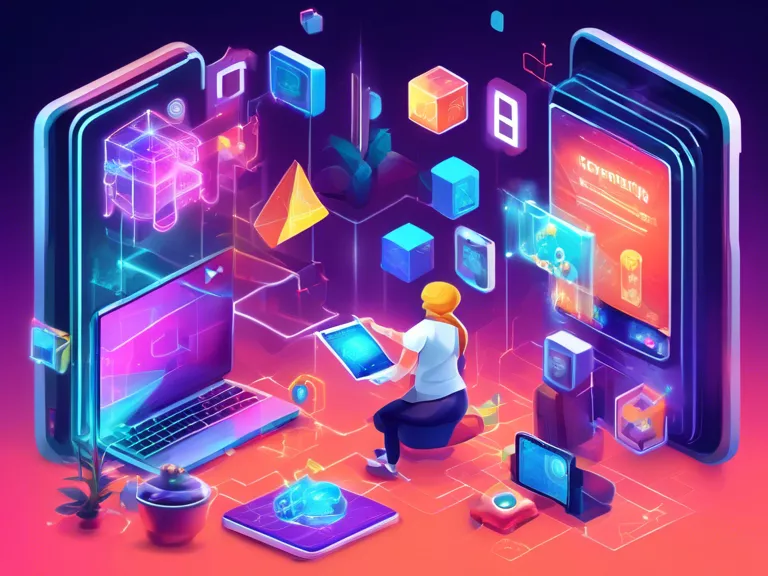
Introduction
In recent years, the integration of blockchain technology into various industries has sparked innovative applications and solutions. One of the exciting intersections that has garnered attention is the merging of blockchain with gaming to enhance learning experiences. This fusion has the potential to revolutionize education by providing engaging, interactive, and decentralized platforms for learners of all ages. In this article, we will explore how blockchain and games are coming together to create immersive and effective learning environments.
The Role of Blockchain in Education
Blockchain technology, best known for its association with cryptocurrencies like Bitcoin, offers a decentralized and secure way to store and manage information. In the realm of education, blockchain can be leveraged to create tamper-proof academic records, verify credentials, and enable efficient transfer of credits and certifications. By utilizing blockchain, educational institutions can streamline administrative processes, reduce fraud, and enhance data security.
Gamification in Learning
Gamification is the application of game-design elements and principles in non-game contexts to engage users and motivate them to achieve their goals. By incorporating elements such as points, badges, leaderboards, and challenges, educators can make learning more interactive and enjoyable. Gamification has been shown to improve student engagement, motivation, and retention of information, making it an effective tool in modern education.
Benefits of Combining Blockchain and Games
The fusion of blockchain and games in the realm of education brings a host of benefits. By leveraging blockchain technology, gaming platforms can ensure transparency, security, and immutability of learning data. This means that students' achievements, progress, and credentials are securely stored on the blockchain, providing a reliable record of their educational journey. Additionally, integrating gamification elements into educational games can make learning more engaging, interactive, and rewarding for students.
Use Cases of Blockchain and Gaming in Education
There are several use cases that demonstrate the potential of combining blockchain and gaming in education. For instance, blockchain-based platforms can provide digital certificates and badges to learners upon completion of tasks or courses, allowing them to showcase their achievements to potential employers or educational institutions. Educational games powered by blockchain can also offer personalized learning experiences, adaptive feedback, and real-time progress tracking, catering to individual student needs and learning styles.
Challenges and Considerations
While the integration of blockchain and games in education holds promise, there are challenges and considerations that need to be addressed. These include issues related to scalability, interoperability, user adoption, and data privacy. Educators and developers must work together to overcome these challenges and ensure that blockchain-powered educational games are accessible, user-friendly, and compliant with data protection regulations.
Conclusion
The convergence of blockchain and games presents a unique opportunity to enhance learning experiences and transform the education landscape. By leveraging the security and transparency of blockchain technology and the engagement of gamification, educators can create dynamic and immersive learning environments that cater to the diverse needs of learners. As blockchain continues to evolve and gaming becomes increasingly integrated into educational practices, we can expect to see innovative solutions that revolutionize the way we learn and acquire knowledge.